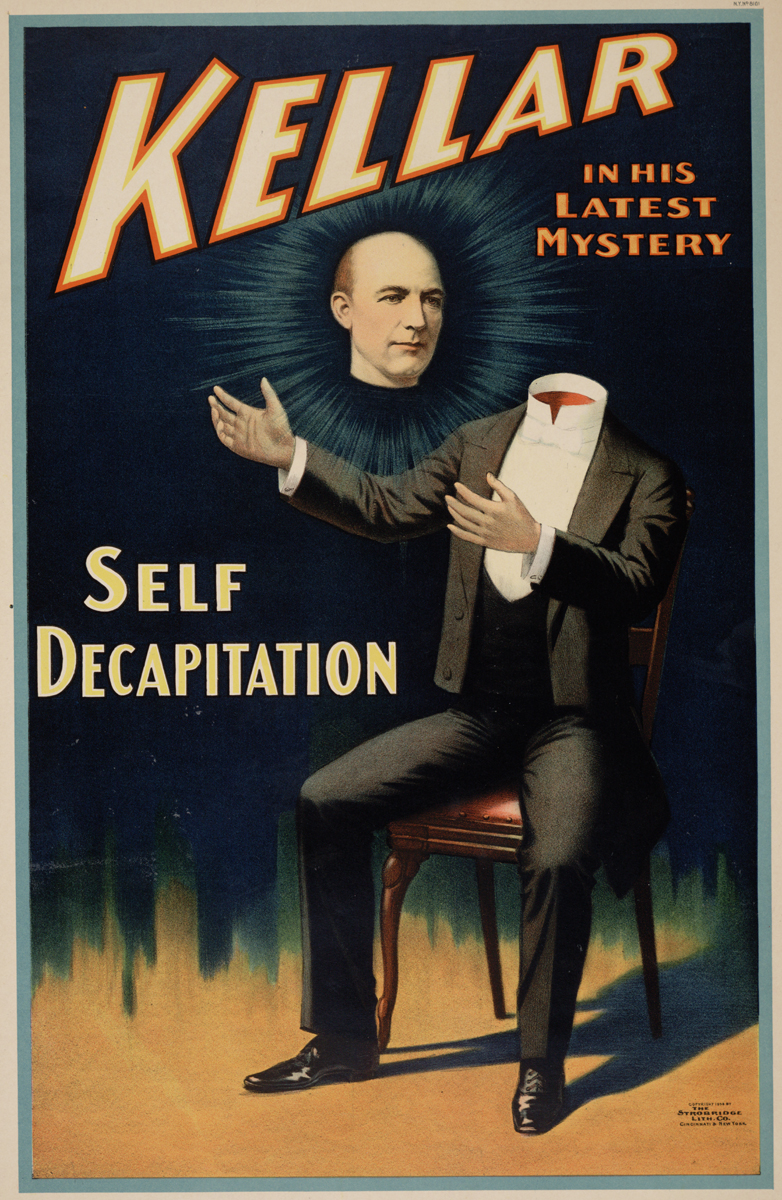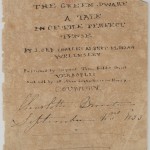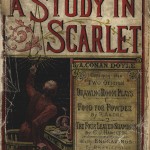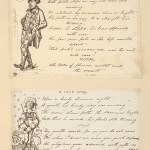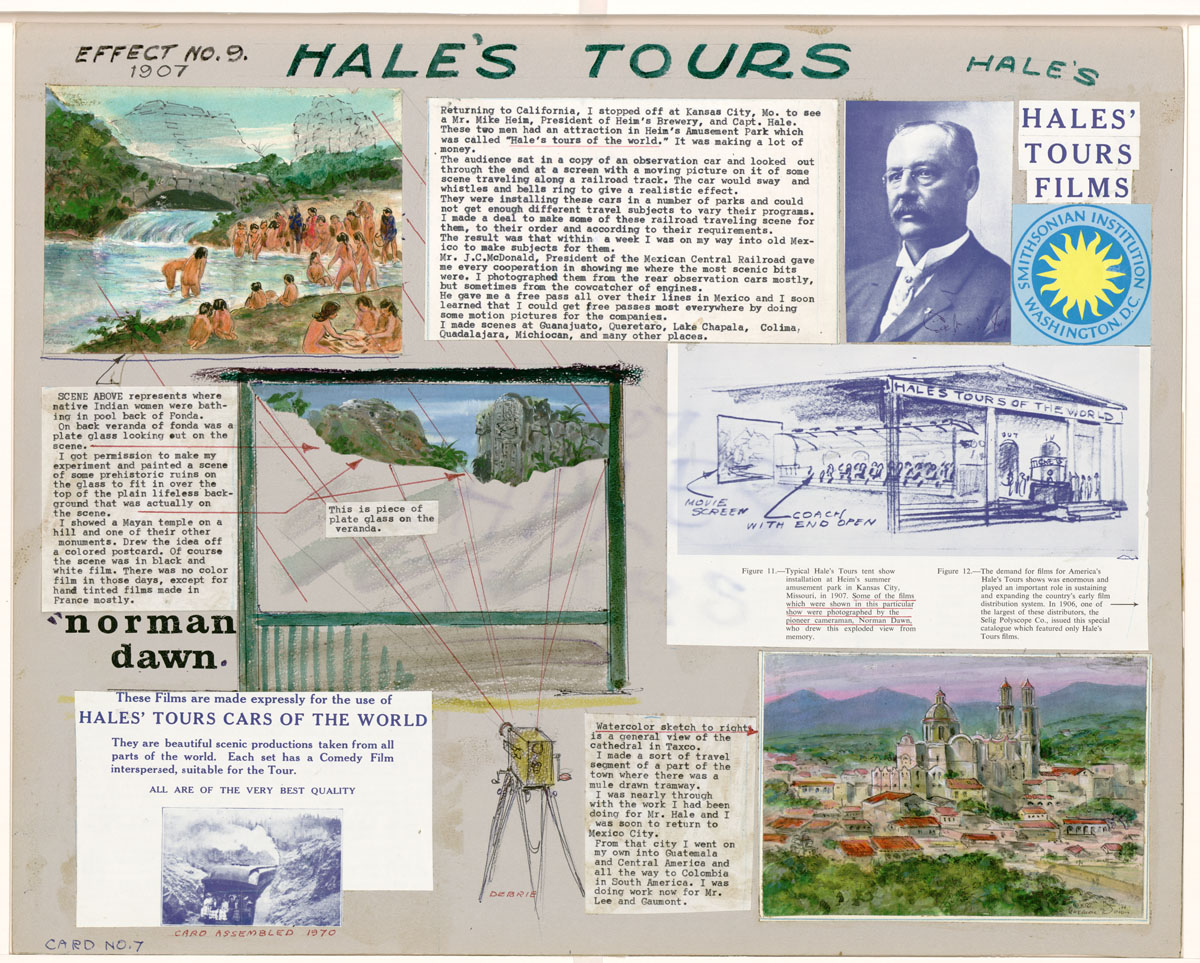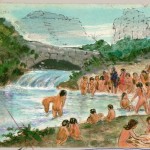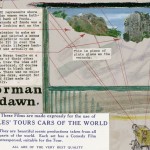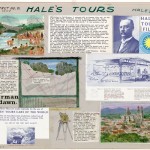The Ransom Center has launched a new platform of freely available digitized images of collection materials on its website. The new site contains more than 8,000 items and will continue to grow as newly digitized images are added on a regular basis.
Presently the collection includes photographs by Lewis Carroll, manuscripts by Charlotte and Emily Brontë, Harry Houdini’s scrapbooks, works by artist Frank Reaugh, and items from the Ransom Center’s extensive circus collection, which includes materials related to showmen such as P. T. Barnum, Ringling Bros. and Barnum & Bailey.
The digital collections platform provides access to the Ransom Center’s collections for students, scholars and members of the public who are unable to visit the Center. It also provides a way for visitors to access fragile materials or collections that exist in challenging formats, such as personal effects and costumes. One example is a collection of glass plate negatives that documents theater performances in the late-nineteenth and early-twentieth centuries. The fragile collection was previously inaccessible, but the negative plates were digitized and converted to positive images for the digital collection.
Visitors to the Ransom Center’s website can search within collections or across collections, often revealing related materials. Additional tools provide users with the ability to virtually flip through books, enlarge images and compare page images with accompanying transcripts, which are text-searchable.
Collections are being added on an ongoing basis, and planned digitization projects include the photographs of nineteenth-century photographer Julia Margaret Cameron and photographs and ephemera from the Fred Fehl dance collection.
This project was made possible with funding from the Booth Heritage Foundation.
Please click on thumbnails below to view larger images.
